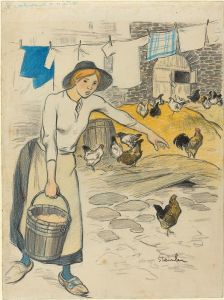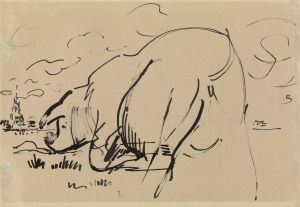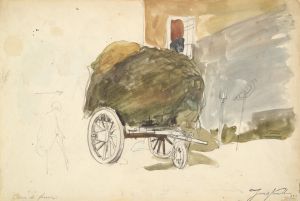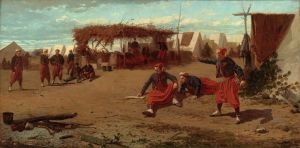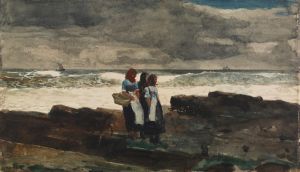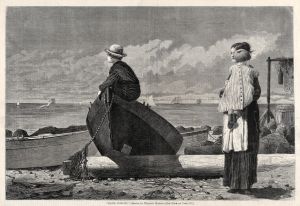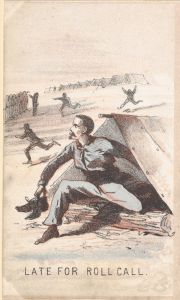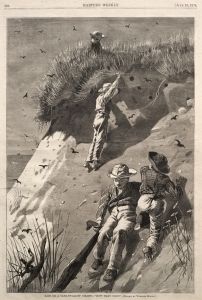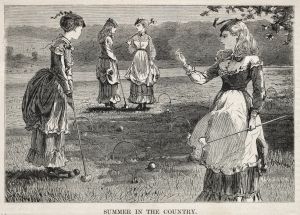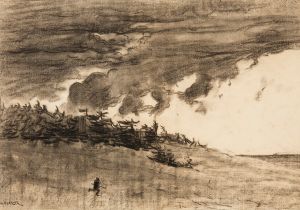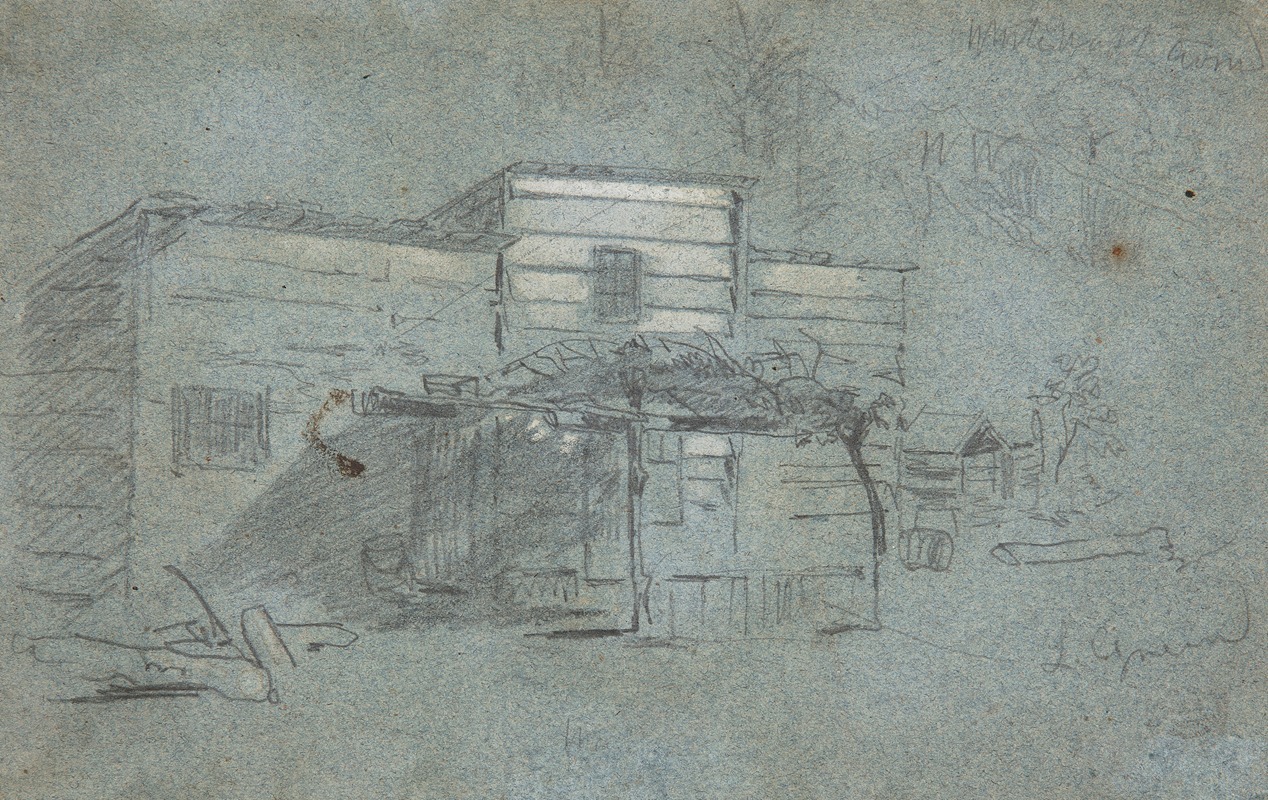
Clapboard Shack
A hand-painted replica of Winslow Homer’s masterpiece Clapboard Shack, meticulously crafted by professional artists to capture the true essence of the original. Each piece is created with museum-quality canvas and rare mineral pigments, carefully painted by experienced artists with delicate brushstrokes and rich, layered colors to perfectly recreate the texture of the original artwork. Unlike machine-printed reproductions, this hand-painted version brings the painting to life, infused with the artist’s emotions and skill in every stroke. Whether for personal collection or home decoration, it instantly elevates the artistic atmosphere of any space.
Winslow Homer, an American landscape painter and printmaker, is renowned for his marine subjects and depictions of American life. However, there is no widely recognized painting titled "Clapboard Shack" attributed to Winslow Homer. It is possible that there might be confusion with another work or a lesser-known piece that has not been extensively documented in art historical records.
Winslow Homer was born on February 24, 1836, in Boston, Massachusetts, and he began his career as a commercial illustrator. He gained recognition for his work as a painter during the American Civil War, where he captured the life and times of soldiers and the impact of the war on American society. After the war, Homer traveled extensively, including trips to Europe and the Caribbean, which influenced his artistic style and subject matter.
Homer is best known for his powerful seascapes and depictions of the rugged coastlines of New England, particularly those of Maine, where he spent much of his later life. His works often explore themes of human struggle against nature, solitude, and the beauty of the natural world. Some of his most famous paintings include "Breezing Up (A Fair Wind)," "The Gulf Stream," and "Snap the Whip."
Homer's painting style evolved over the years, moving from the detailed realism of his early illustrations to a more expressive and atmospheric approach in his later works. He is celebrated for his masterful use of watercolor and oil paints, capturing the play of light and shadow with remarkable skill.
If "Clapboard Shack" is indeed a lesser-known work by Homer, it would likely reflect his interest in everyday American life and the natural environment, consistent with his other works. However, without specific documentation or recognition in major collections or exhibitions, it is challenging to provide detailed information about this particular painting.
Homer's legacy as one of America's foremost artists is well-established, and his works continue to be studied and admired for their technical brilliance and emotional depth. His influence extends beyond his lifetime, inspiring generations of artists to explore the interplay between humanity and the natural world.
For those interested in exploring Winslow Homer's oeuvre, many of his works are housed in prominent institutions such as the Metropolitan Museum of Art in New York, the National Gallery of Art in Washington, D.C., and the Museum of Fine Arts in Boston. These collections provide insight into his artistic journey and the themes that defined his career.
In summary, while Winslow Homer is a pivotal figure in American art, there is no substantial information available on a painting titled "Clapboard Shack" by him. Further research into art catalogs, museum collections, or historical records may be necessary to uncover more about this specific work, if it indeed exists.





